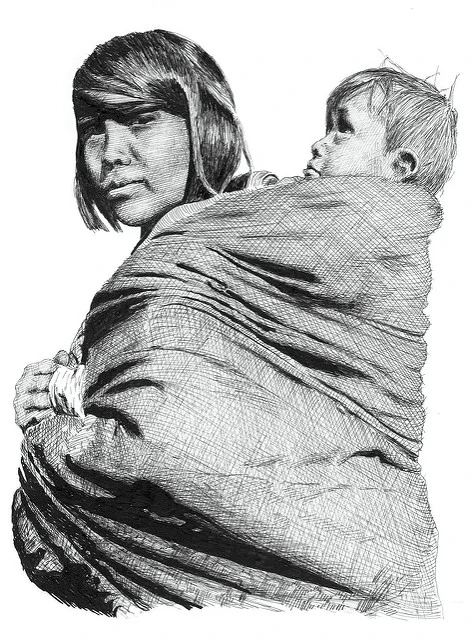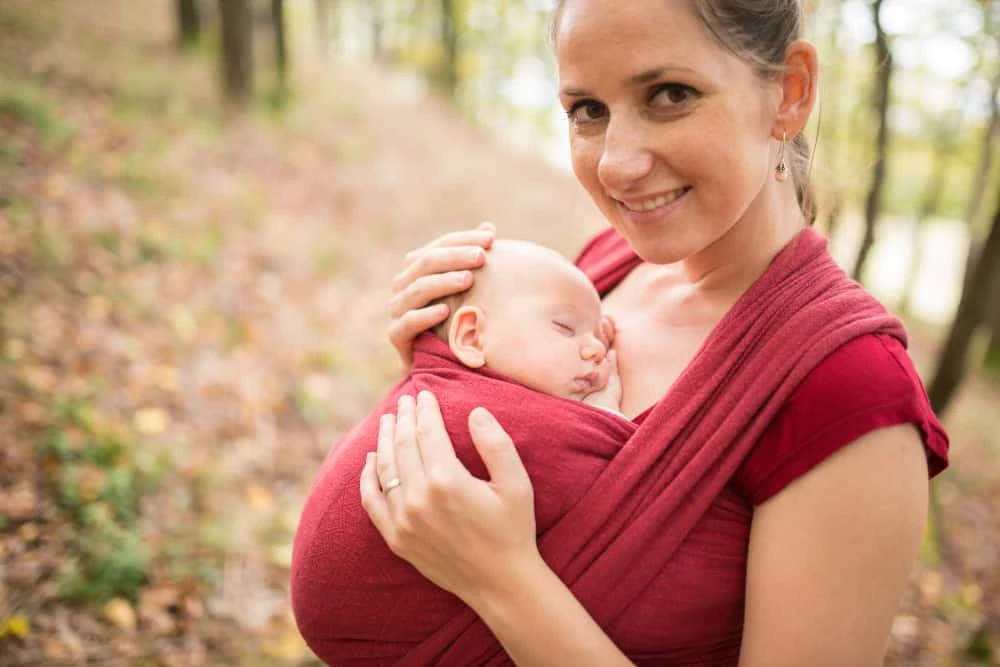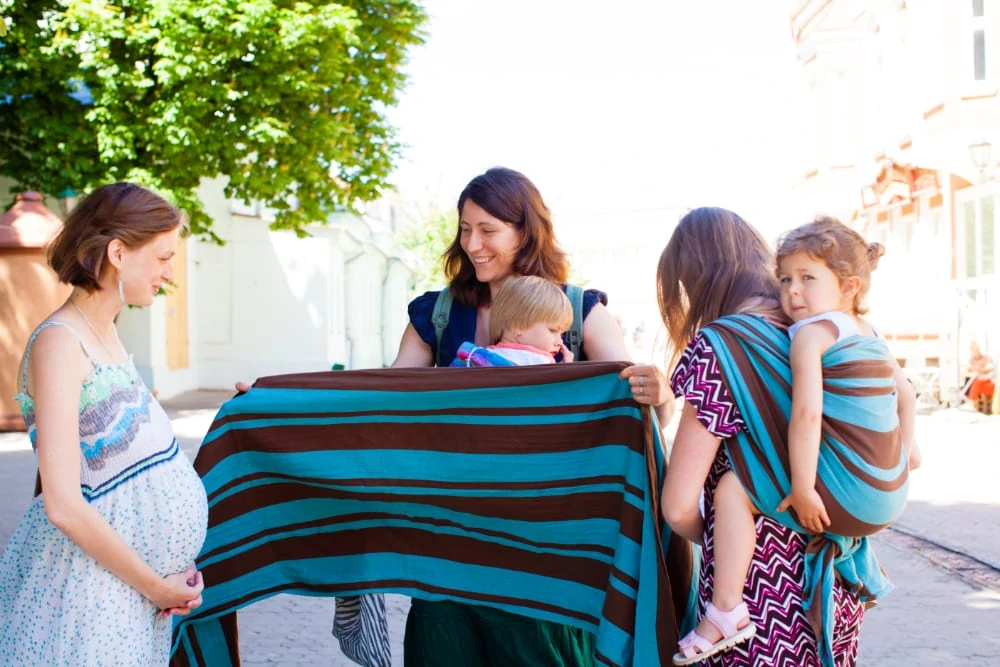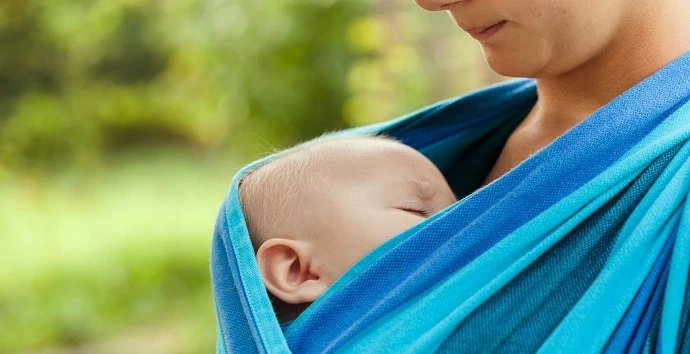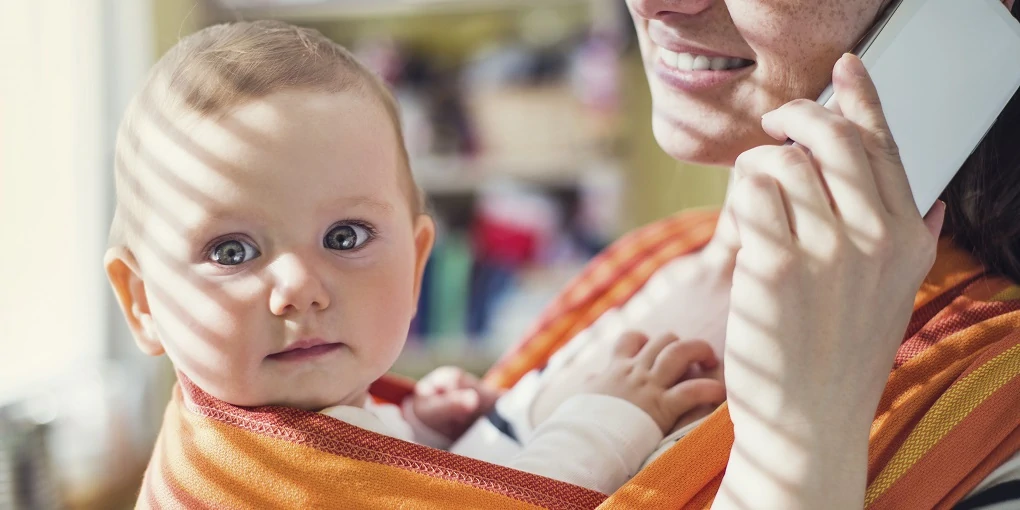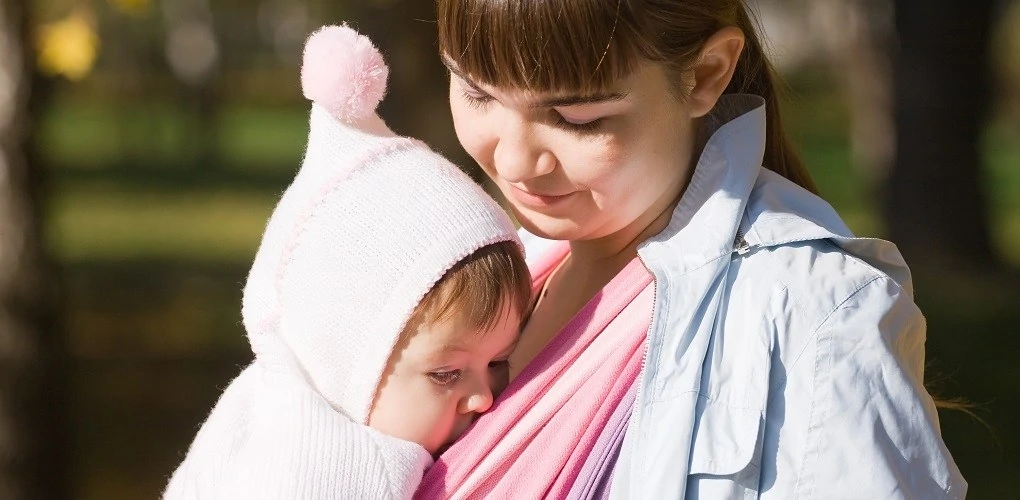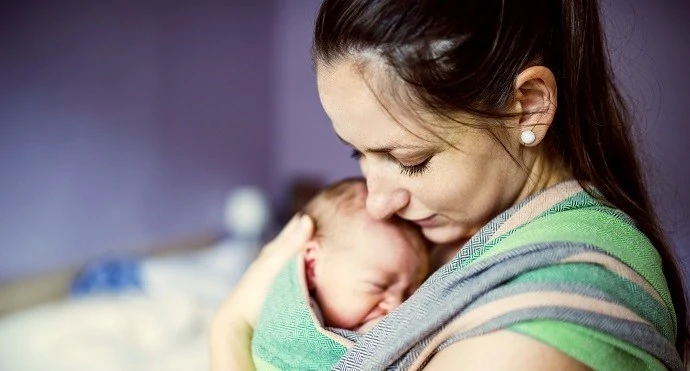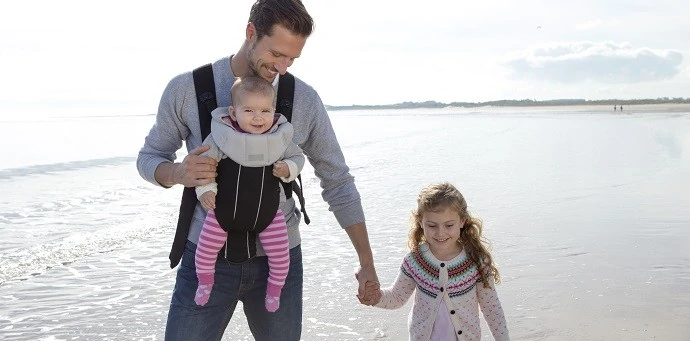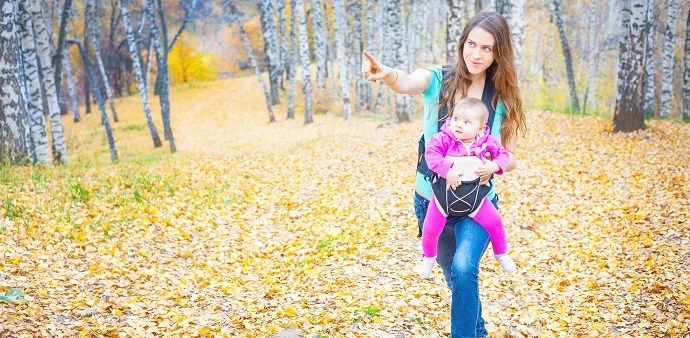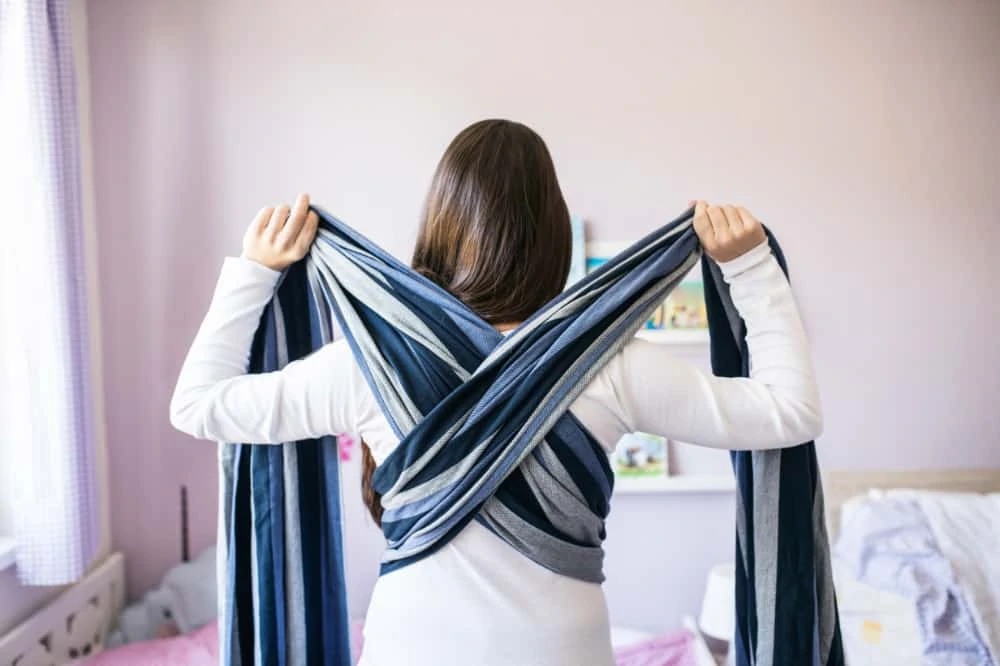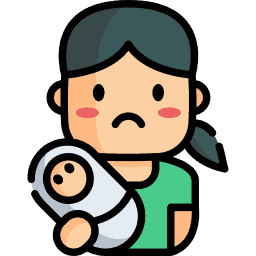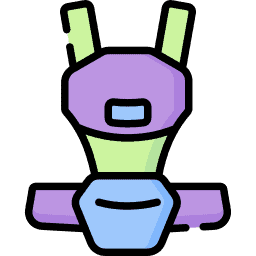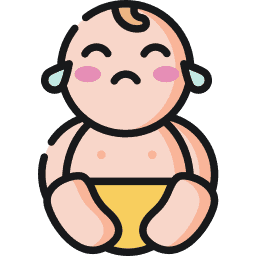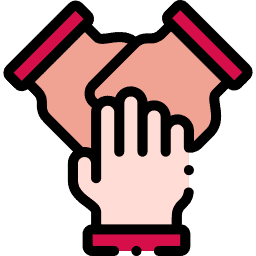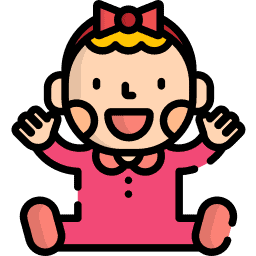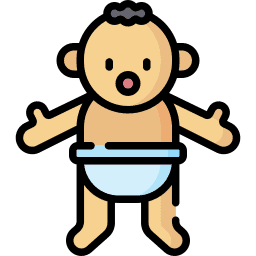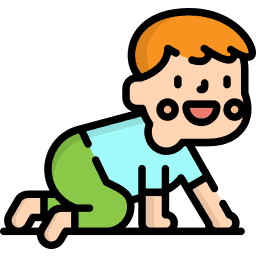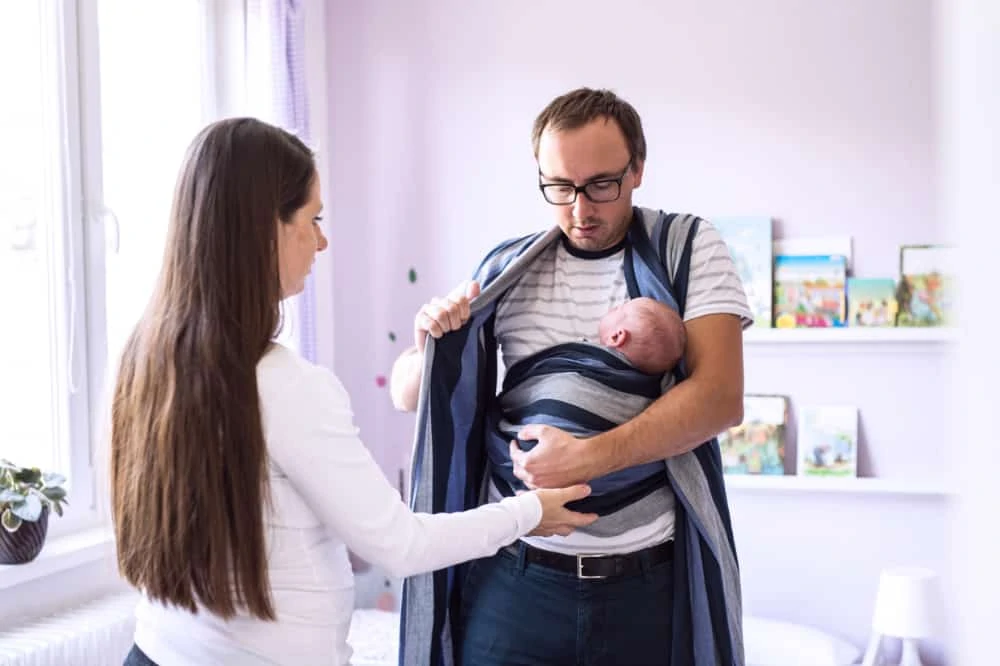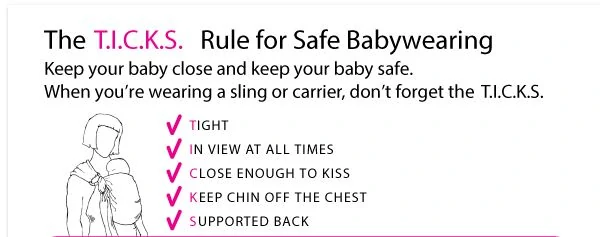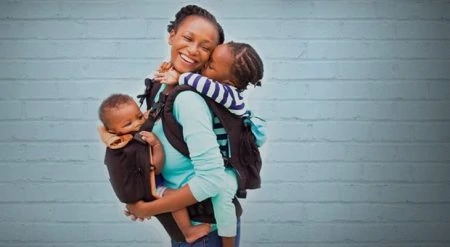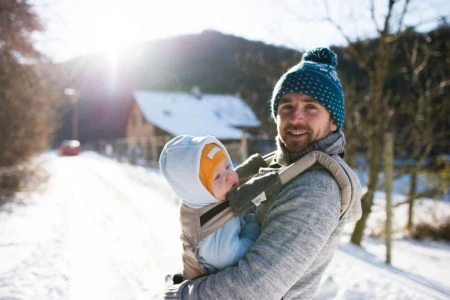Carrying a baby all day is a workout, but for busy moms, it is often the only way to survive the “fourth trimester” and beyond.
You have a million things to do, grocery shopping, cleaning, working, and maybe even fitting in a shower. Yet, your little one just wants to be held.
The solution isn’t growing an extra pair of arms; it is babywearing.
This practice is a game-changer for parents who need to get things done without sacrificing bonding time. In this guide, we will break down the incredible benefits of babywearing and how it can save your sanity, time, and back.
What Is Babywearing?
While the term might sound trendy, the practice is ancient. Parents have worn their babies for centuries across countless cultures. In the U.S., it was a standard way for Native Americans to keep their infants safe and close while working.
Babywearing is simply the act of carrying your baby on your body using a sling, wrap, or structured baby carrier. While it has seen a massive resurgence in the last 20 years, it is far from a new fad.
Source: Flickr
Depending on the carrier, you can hold your baby in several positions:
- Front Inward Carry: You and your baby face each other, which is perfect for newborns, sleeping, and effortless eye contact.
- Front Outward Carry: Your baby faces the world, making this a great option for toddler carriers or curious older babies who want to see the sights.
- Hip Carry: This mimics how you naturally hold a child on your hip but adds support so your arms do not get tired.
- Back Carry: The baby rests against your back, allowing you to walk or hike with an unobstructed view while they watch over your shoulder.
Types of Baby Carriers
To get started, you need the right gear. There is no “one size fits all” solution, so you might try a few before finding your favorite.
Here are the most popular styles you will encounter:
- Stretchy Wraps: Long pieces of elastic fabric that you tie around your body; ideal for snuggling newborns.
- Ring Slings: A length of fabric pulled through two rings to create a pouch, usually worn over one shoulder.
- Soft Structured Carriers (SSCs): These feature padded straps and buckles, similar to a backpack, offering great support for heavier babies.
- Meh Dais (Bei Dais): A hybrid style formally known as Mei Tais, featuring a panel with straps you tie rather than buckle.
- Pouch Slings: A simple loop of fabric worn sash-style, sized specifically to the parent.
- Babywearing Shirts: Clothing with a built-in pouch designed to hold smaller infants skin-to-skin.
- Woven Baby Wraps: Similar to stretchy wraps but made of non-stretchy, supportive fabric that works well for toddlers.
- Framed Backpacks: Heavy-duty carriers with metal frames intended for hiking and long outdoor adventures.
Quick Tip
Always check the weight limits on your specific carrier to ensure safety as your little one grows.
Benefits of Babywearing for Babies
There is a reason this practice has survived for thousands of years. Wearing your baby provides incredible physical and emotional perks, and it can even assist with feeding.

Here is why your baby will love the carrier life.
1. Boosts Cognitive and Social Development
When babies sit in a stroller or car seat, they are passive observers. When you wear them, they are active participants in your world.
They hear your conversations, which helps language development, and they see what you see. The constant motion stimulates their vestibular system (balance), and the change of scenery keeps their brain engaged. It is much more exciting than staring at a white ceiling from a crib.
2. Prevents Flat Head Syndrome
Spending too much time on their back can cause plagiocephaly, or flat head syndrome (1).
While “Back to Sleep” is crucial for safety, “Wear to Awake” is a great counter-balance. Carrying your baby keeps pressure off the back of their skull, naturally rounding out their head shape without the need for corrective helmets later on.
3. Reduces Crying (The Magic Button)
This is the benefit most parents care about. Wearing your baby can reduce overall crying by 43 percent and evening fussiness by 51 percent (2).
Less crying means lower cortisol (stress hormone) levels for your baby, which is better for their developing brain. It also means less stress for you. A calm baby creates a calm parent, breaking the cycle of anxiety that often comes with a newborn.
Did You Know?
4. Mimics the Womb (The Fourth Trimester)
For nine months, your baby was held tight, rocked by your walking, and soothed by the sound of your heartbeat. The outside world is quiet, still, and scary by comparison.
Babywearing bridges the gap between the womb and the world. The swaying motion and the rhythm of your breathing are familiar comforts that help newborns transition during the “fourth trimester” (3).
5. Supports Weight Gain
This is especially helpful for the “snackers.” When your baby is strapped to your chest, they are right near the food source (if you are breastfeeding) and can smell you constantly.
This proximity often encourages more frequent feeding, which is excellent for weight gain (4). If you have a sleepy eater or a baby struggling to put on ounces, skin-to-skin time in a carrier can be a helpful tool.
6. Regulates Heart Rate and Temperature
Newborns aren’t great at regulating their own body systems yet. Through a process called thermoregulation, your body actually helps stabilize theirs.
When worn close, a baby’s heart rate and respiration stabilize, staying in a healthy “Goldilocks zone.” If the baby is cold, your body temperature rises to warm them; if they are hot, your body can help cool them down.
7. Promotes Healthy Hip Development
You may have heard concerns about hip dysplasia, a condition where the hip joint doesn’t form correctly.
When done correctly, babywearing supports healthy hip development. The key is the “M” position: the baby’s bottom should be lower than their knees, with thighs spread around your torso. This position is ergonomic and recommended by the International Hip Dysplasia Institute (5).
8. Soothes Colic and Reflux
If you have a colicky baby, you will try anything for relief. The upright position of a baby carrier helps keep stomach acid down, which provides relief for babies with reflux or GERD.
Additionally, the gentle pressure on their tummy combined with your movement acts as a natural massage, helping to move gas bubbles along and soothe digestive discomfort.
9. Improves Sleep Quality
Babies sleep deeper and more peacefully when they feel safe.
Being strapped to a parent provides the ultimate security blanket. They can smell you, hear you, and feel you. This reduces their stress response, allowing them to drift into a more restful sleep state (6).
10. Aids Preemie Development
For premature babies, human touch is medicinal. Kangaroo care (skin-to-skin holding) is proven to help preemies gain weight, regulate their vitals, and thrive.
Babywearing allows you to extend kangaroo care for longer periods, tipping the developmental odds in your little fighter’s favor (7).
Benefits of Babywearing for Moms and Dads
It is not just the babies who win here. Moms and dads get their hands back, their sanity back, and a whole lot of freedom.
11. Hands-Free Convenience
This is the biggest practical perk. Whether you need to fold laundry, eat a sandwich with two hands, or chase a toddler, a carrier makes it possible.
Carrying a baby in your arms is exhausting. Using a carrier distributes the weight across your back and shoulders, making your 15-pound baby feel much lighter.
Did You Know?
12. Reduces Postpartum Depression Risk
Postpartum depression (PPD) is a serious reality for many. While babywearing isn’t a cure, it can be a tool in the recovery kit.
The increased skin-to-skin contact releases oxytocin (the love hormone), which can boost mood and lower anxiety. It also helps moms feel more competent and responsive to their baby’s cues, which builds confidence when you are feeling low (9).
13. Discreet Breastfeeding on the Go
Trying to breastfeed in public can sometimes feel like a juggling act involving blankets, straps, and a hungry baby.
A carrier acts as a built-in privacy shield. Your baby is already right at chest level, making latching easier and more discreet. Once you master nursing in a carrier, you can feed your baby while walking around Target or sitting at a restaurant without anyone even noticing.
14. Saves Money
High-end strollers can cost as much as a used car. While strollers have their place, a decent baby carrier is a fraction of the cost. If you are on a budget, you can get by with just a carrier for many outings where a stroller would be bulky and expensive.
15. Strengthens Bonding
Bonding doesn’t always happen instantly. Babywearing helps forge that connection through constant physical closeness. You learn their cues faster, a squirm means hunger, a rub of the eyes means sleep, before they escalate to full-blown screaming (10).
This is huge for dads, too. Carriers for dads allow partners to share the load and build their own deep connection with the baby.
16. Balances Attention with Older Siblings
When baby #2 arrives, baby #1 often feels left out. If your hands are full with a newborn, you can’t play Lego or push a swing.
Babywearing solves the jealousy puzzle. With the baby strapped on, your hands are free to hold your toddler’s hand, read a book, or play a game. It helps the new baby fit into the family dynamic rather than stopping it.
17. Keeps Germs and Strangers at Bay
There is something about a baby in a stroller that invites strangers to reach out and touch their hands or face.
When you wear your baby, people are less likely to invade your personal space. You act as a physical barrier against unwanted touching and germs, which is especially comforting during flu season or in crowded places.
18. All-Terrain Access
Strollers are great on sidewalks, but terrible on sand, stairs, or narrow hiking trails.
With a hiking carrier or soft structured carrier, the world is your oyster. You can navigate crowds, climb stairs, or hike a mountain trail without worrying about wheels getting stuck.
19. Exercise and Weight Loss
You are carrying extra weight anyway; you might as well make it a workout. Exercising while babywearing turns a simple walk into a resistance training session.
It allows you to get moving and get fresh air without needing childcare. Plus, walking is a gentle, safe way to ease back into fitness postpartum.
20. Boosts Milk Supply
Kangaroo care and close contact stimulate the hormones responsible for milk production. The constant physical connection can help increase supply and trigger faster let-downs. While it isn’t magic, increasing your milk supply is often easier when your baby is literally right under your nose.
21. Community Connection
Babywearing has a cult following for a reason. There are local meetups and online groups dedicated to the practice. It is an instant icebreaker at the park. Spotting another parent with a wrap or sling is an easy way to start a conversation and find your parenting village.
10 Common Babywearing Myths
For every good idea, there is a myth trying to knock it down. Let’s separate fact from fiction so you can carry with confidence.
What Is International Babywearing Week?
International Babywearing Week (IBW) is an annual event in October dedicated to celebrating, promoting, and normalizing the practice of babywearing.
Non-profits and local groups worldwide host events, walks, and workshops. It is a great time to find a local “sling library” to try on different carriers or meet other parents. You can follow the fun on social media via #internationalbabywearingweek.
How to Wear Your Baby Safely (The TICKS Rule)
Safety is non-negotiable. To ensure your baby’s airways are open and their body is supported, simply remember the TICKS acronym (14).
- Tight: The carrier should be tight enough to hug your baby close to you. Any slack allows the baby to slump, which can hinder breathing and strain your back.
- In View at All Times: You should always be able to glance down and see your baby’s face. No fabric should cover their nose or mouth.
- Close Enough to Kiss: Your baby’s head should be high enough on your chest that you can easily kiss their forehead by tipping your head forward.
- Keep Chin Off the Chest: Ensure there is always a gap of at least one finger width under your baby’s chin. If they curl up too much, their airway can become restricted.
- Supported Back: The carrier should support the baby’s natural curved spine, preventing them from slumping. Their tummy and chest should be against you.
Regularly inspect your gear for wear and tear, like loose stitching or cracked buckles. And remember: when picking something up, bend at your knees, not your hips, to keep the baby secure (15).

